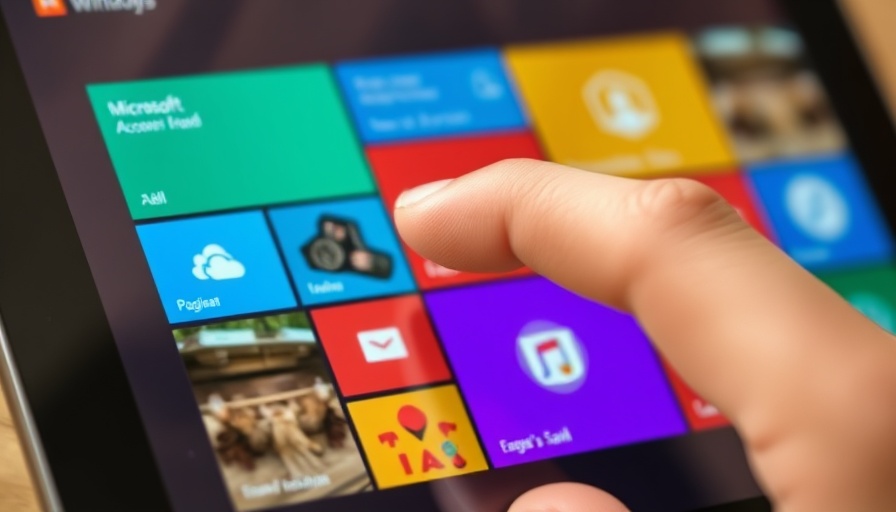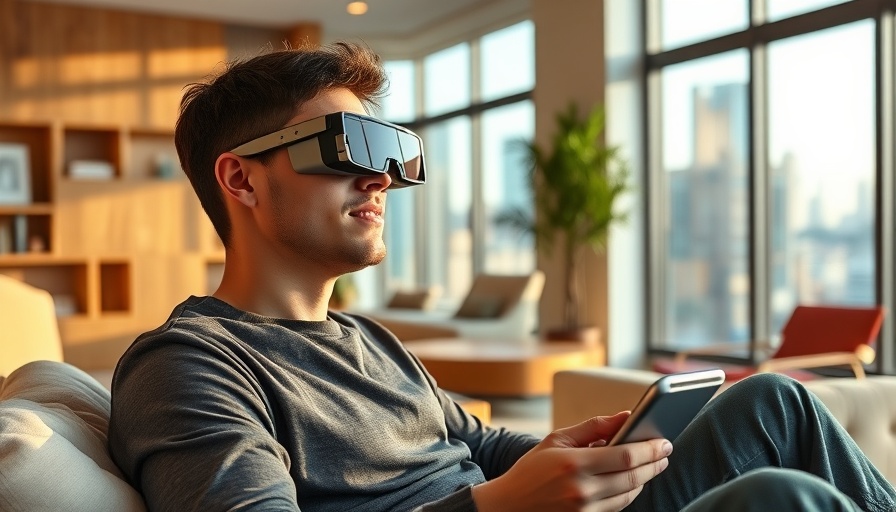
Windows 10 Gets a Facelift: Controversy Surrounds Missing Features
As the deadline approaches for Windows 10's termination on October 14, Microsoft’s recent updates have sparked a considerable uproar within the community. Many users are concerned about the perceived regression as essential features seem to be stripped away rather than enhanced. The ongoing debate raises questions not just about the practicality of these changes but also about the user experience in a constantly evolving tech landscape.
The Clock Controversy: Why Small Changes Matter
In a particularly stark move, Microsoft removed the clock that displayed seconds from the taskbar's Calendar Flyout earlier this year. While some users may see this as a minor tweak, it reflects a broader pattern that frustrates many who are accustomed to the functionality and aesthetic integration of Windows 10. One user articulated this sentiment well, suggesting that these changes seem aimed at coaxing users into switching to Windows 11, a sentiment echoed by many users. The clock’s absence, though seemingly trivial, was met with vocal dissatisfaction in a community that values both form and function.
Microsoft’s Response: Reacting to User Feedback
In a surprising turn of events, Microsoft listened to this backlash and announced the reinstatement of the seconds display in the upcoming Windows 10 Build 19045.5912 update. This update reflects a recognition of user desires and a willingness to adapt designs which may have veered too far into minimalism. Marked improvements, such as the return of the full clock alongside a visual holiday indicator, could be perceived as Microsoft’s attempt to mend a strained relationship with Windows 10 users who feel sidelined.
User Experience: The Underlining Battle for Attention
The uproar encapsulated by the clock controversy reveals a wider discussion regarding the user interface (UI) evolution within Microsoft's operating system. The shift towards a more streamlined design in Windows 11 was meant to modernize the visual appeal; however, this has not been received uniformly. Many users regard changes like the Calendar Flyout as unnecessary. After all, such minor elements play significant roles in daily computing habits. As users navigate their tasks, the absence of familiar features can lead to confusion and disrupt their workflow.
Future Insights: The Path Forward for Windows Updates
Looking to the future, Microsoft’s approach may require a more balanced perspective that prioritizes user feedback alongside innovation. The tech giant will need to tread carefully; while modernizing features is essential, ensuring long-time users feel acknowledged and valued is equally important. There’s a delicate balance in technology deployment—a lesson Microsoft seems to be rediscovering.
Trends in User Adaptability: What Other Companies Can Learn
This incident also serves as a reminder about the importance of adaptability in tech products. Users are not just passive recipients of updates; their engagement, preferences, and outright rejection of changes can massively influence product success. Companies developing new technologies must embrace user input as an integral part of their development process, allowing consumers a greater sense of ownership in the features they use daily.
Conclusion: A Call to Consumers and Developers Alike
As we move towards a more digital future, the relationship between users and operating systems will only deepen. Consumers must voice their opinions and needs, while tech leaders like Microsoft must remain receptive to feedback. The recently reinstated clock may seem like a small win, but it carries the weight of a much larger conversation about user experience and corporate accountability in the tech sector. Your thoughts matter; share them to help shape the technology around you!
 Add Row
Add Row  Add
Add 




Write A Comment